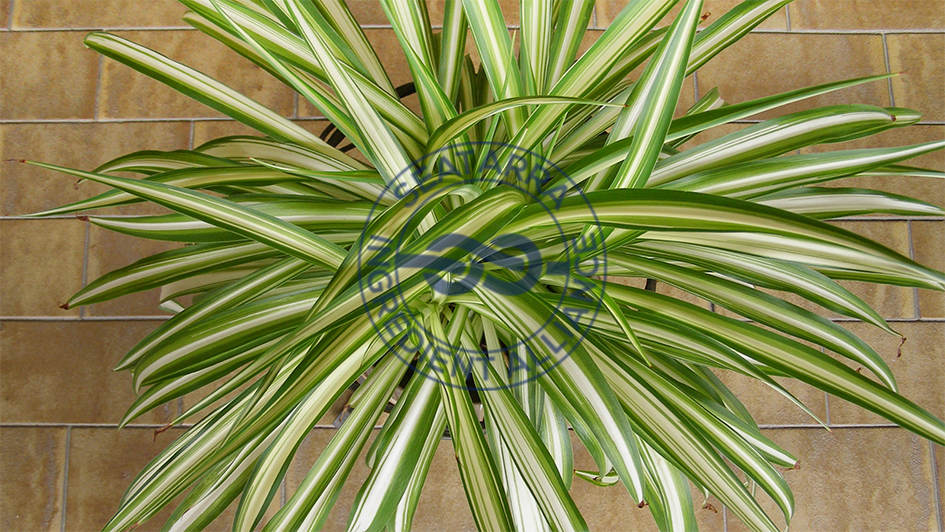
The Green Clean: Detoxifying Your Home with Plants
The quest for a healthier indoor environment is gaining momentum, as awareness grows about the potential hazards of indoor pollutants. These pollutants, ranging from volatile organic compounds (VOCs) emitted by furniture and carpets to the carbon dioxide we exhale, can accumulate to levels far higher indoors than they are outdoors, impacting our health and well-being. Enter the ancient wisdom of integrating plants into our living spaces, not just for their beauty but for their ability to cleanse the air we breathe.
The Vital Need for Cleaner Indoor Air
Our homes should be sanctuaries, places where we can retreat and rejuvenate. However, the reality is that indoor air can be up to five times more polluted than outdoor air, according to the EPA. This pollution comes from a myriad of sources: off-gassing from paints, furniture, and carpets; pollutants from household cleaning products; and even outdoor pollutants that find their way inside. The health implications of long-term exposure to these contaminants can be serious, ranging from respiratory problems to an increased risk of cardiovascular diseases.
How Plants Purify Air: The Science Unveiled
The journey into understanding how plants improve indoor air quality began with NASA’s Clean Air Study in the 1980s. This study identified specific plants that could remove pollutants like benzene, trichloroethylene, and formaldehyde from the air. Plants purify air through a process called phytoremediation, where they absorb pollutants through their leaves and roots. These contaminants are then either sequestered in the plant’s tissue or transformed into harmless byproducts. Furthermore, plants release oxygen and increase humidity levels through transpiration, enhancing the overall air quality and making environments more comfortable for human inhabitants.
Champions of the Indoor Environment: Top Purifying Plants
While many plants have air-purifying abilities, some are superstars in their capacity to remove pollutants and improve indoor air quality. Here’s a detailed look at these champions:
1. Spider Plant (Chlorophytum comosum)
A resilient and easy-to-care-for plant, the spider plant is especially effective at combating pollutants like benzene and xylene. Its ability to rapidly propagate ensures you can spread its purifying benefits throughout your home.
2. Snake Plant (Sansevieria trifasciata)
Celebrated for its oxygen-releasing capabilities during the night, the snake plant is an excellent bedroom companion. It’s particularly adept at filtering out formaldehyde, commonly found in bathroom products.
3. Peace Lily (Spathiphyllum)
The peace lily’s elegant appearance belies its powerful air-cleaning abilities. Capable of neutralizing ammonia, benzene, formaldehyde, and trichloroethylene, it’s a potent ally in maintaining a healthy indoor environment.
4. Boston Fern (Nephrolepis exaltata)
This lush fern is not only aesthetically pleasing but also a humidifier and a natural air purifier, known for its proficiency in removing formaldehyde and improving humidity levels, making it ideal for dry climates or seasons.
5. Aloe Vera
Beyond its medicinal uses for burns and skin ailments, aloe vera excels at purifying the air of formaldehyde and benzene, often found in varnishes and detergents.
Weaving Nature into Your Living Spaces
Incorporating these plants into your home requires more than just placing them in corners. Here are strategies to maximize their benefits:
- Create a Green Zone: Dedicate a specific area in your home for a collection of air-purifying plants. This not only becomes a focal point of beauty but also a concentrated zone of cleaner air.
- Bathroom Botanics: Leverage the high humidity and lower light of bathrooms to place plants like peace lilies and snake plants, which can thrive in these conditions while purifying the air.
- Kitchen Greens: Keep aloe vera in your kitchen not only for its air-cleaning properties but also for quick, natural remedies for minor burns or cuts from cooking.
The Broader Benefits of a Plant-filled Home
The advantages of integrating plants into your home environment extend beyond merely detoxifying the air. Plants have been shown to boost mood, reduce stress levels, and even enhance productivity by creating a more tranquil and aesthetically pleasing environment. They connect us to nature, providing a sense of calm and well-being that can be particularly beneficial in urban settings where green spaces may be limited.
Conclusion: A Breath of Fresh Air
The green clean revolution is about recognizing and harnessing the powerful air-cleaning abilities of plants to create healthier, more vibrant living spaces. As we deepen our understanding of the connection between indoor air quality and health, the value of plants in our homes becomes increasingly apparent. By choosing the right plants and integrating them thoughtfully into our spaces, we can transform our homes into sanctuaries of purity and wellness, where the air we breathe is as nourishing as the environment is uplifting.
In embracing the green clean, we do more than just detoxify our homes; we cultivate a deeper connection with nature, enhancing our overall well-being and quality of life. Let this be a step towards a healthier, greener future, where every breath we take in our homes is a testament to the healing power of plants.



